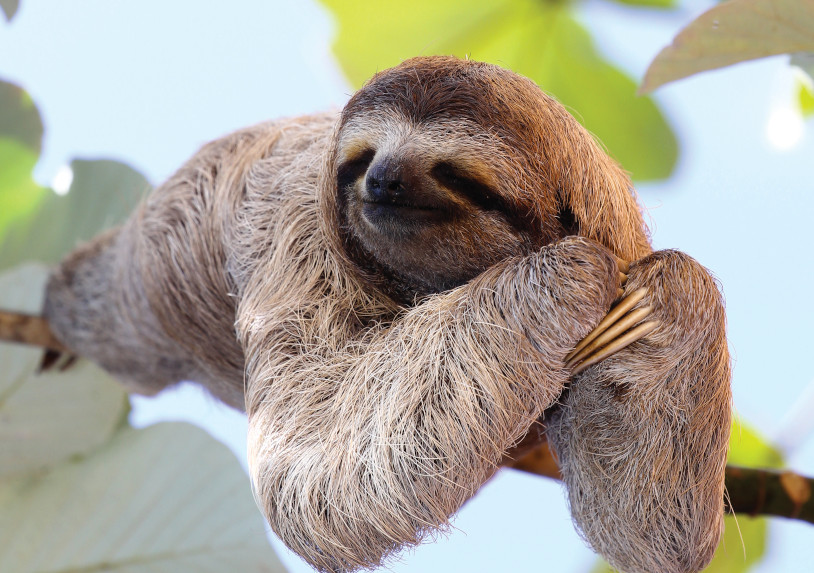It was a long time coming, but the Slow movement has lately picked up momentum in America. Suddenly — too quickly? — it’s a thing.
The coronavirus pandemic is, of course, the explanation. It accelerated a trend that has been simmering for years — the desire to ease back a bit and live more fully in the moment, to seek greater balance, to satisfy the impulse to get in touch with one’s inner tortoise. In other words, to … slow … down.
This year much of the world was jolted into an involuntary disruption of familiar rhythms. It has been a particularly harsh reality in America, where we worship nonstop speed. Fast meals, fast deals, fast cars, fast internet, fast divorces. Don’t dawdle! Race to the finish line.
But ever since the virus crashed our hurry-up lives, we’ve had little choice but to adapt — to be more appreciative of our blessings, more attuned to nature, and, to an extent, slower.
A confession: It was just several months ago that I first stumbled across the Slow movement, even though it’s been around for more than 30 years. It emerged out of what’s popularly called Slow Food, which got its start in Italy. Slow Food gave rise, over time, to Slow Cities, Slow Journalism, Slow Fashion, Slow Sex, Slow Medicine, and Slow Politics. All these Slows emphasize slipping into the natural flow of life, resisting a reflexive break-neck gallop. (Note: You want a more details on Slow Sex? This is not the place, but I’d suggest that the topic is well worth researching. Lots of fascinating material. No need to rush through it.)
You see what I just did there? My detour into sex had the effect of momentarily diverting your attention from the main event — which was intentional. Because one of the tenets of the Slow movement is that meandering yields its own sweet rewards.
I like Slow very much. You’ll never catch me being all show-offy fast. “Pace yourself, Cable. Let’s not be a gazelle,” I hear myself saying daily. Furthermore, I’m not one of those breast-beating multitaskers. More of a minimally effective unitasker.
To be clear, the Slow movement does not ask that we decelerate to a crawl. It only demands that we marinate more completely in our hour-to-hour activities, enriching our lives by savoring what most matters and not trying to impress ourselves (or others) by achieving all our goals in every way every day.
The man who brought the Slow movement to global prominence is Carl Honoré, a journalist whose 2004 book, In Praise of Slow, cast a spotlight on the degrading effects of our too-speedy lifestyles. The Slow movement has no official overseer, but if it did, Honoré would be His Supreme Slowness. Recently, I got him on the phone from his home in London.
“The pandemic is the largest experiment in Slow the world has ever seen,” he said. “It’s a nightmare, but there is a good side to it. People are now more into Slow pursuits like biking, baking bread, sitting around the table with their family.”
He told me that “if there’s been a failing in the American model, it’s the tireless working and commuting. For many, the pandemic is a reminder of what actually matters in life. There’s been a gathering revulsion against the way things were.”
Honoré’s observations carry the weight of authority. Consequently, I am allowing them sufficient time to sink in.
In the last issue, Cable wrote about all-you-can-eat buffets.
This article is featured in the September/October 2020 issue of The Saturday Evening Post. Subscribe to the magazine for more art, inspiring stories, fiction, humor, and features from our archives.
Featured image: Shutterstock
Become a Saturday Evening Post member and enjoy unlimited access. Subscribe now



